A nightgown as a mandatory attribute for sleep is probably available to every woman. Most likely there are several of them, each for its own special occasion. The material for such products is called nightgown fabric, but what is it? A specially created material or are known materials suitable for nightgowns?
Requirements for shirting materials
The first nightgowns were a piece of fabric pulled together at the neck. This item looked more like a skirt worn around the neck. Despite its rather ridiculous appearance, such a "nightgown" was expensive, and only wealthy ladies could afford it. Around the 19th century, this wardrobe item became affordable to all classes.
It is noteworthy that men also slept in similar clothes, but there was a difference - women wore a cap at night, and men - a hood. Among men, there are very few lovers of such attire left, after all, they prefer pajamas, but women actively use nightgowns.
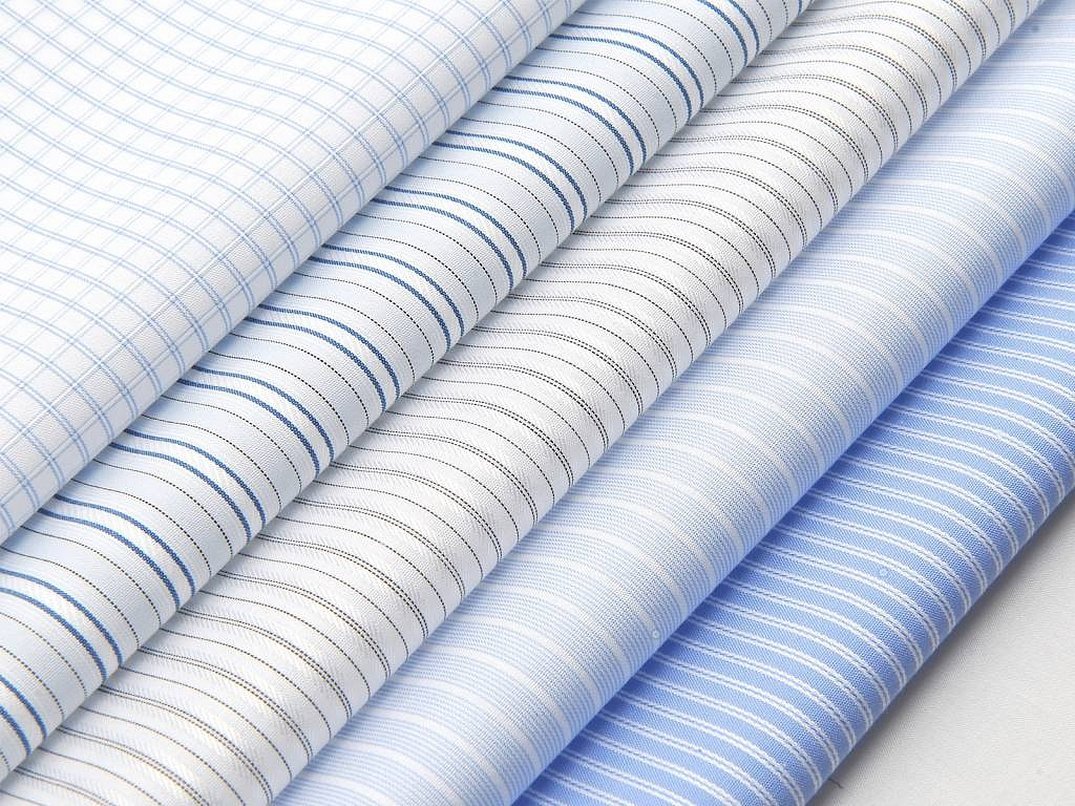
For a comfortable sleep, keeping warm in winter or just in cold weather, you need to choose the right fabric that will be pleasant to the body. In addition, the shirt should be beautiful, emphasize the advantages and hide the disadvantages of the figure. Since the shirt is worn on the naked body, the fabric should not cause irritation.
The main requirements for shirting materials are as follows:
- safety - the fabric should not cause an allergic reaction, irritation, peeling or itching;
- softness - pleasant to the touch, not hard;
- allow air to pass through well, and also absorb and evaporate moisture;
- do not create static electricity when in contact with bed linen and the body;
- wrinkle resistance - to reduce the time spent caring for the shirt;
- color fastness and no shrinkage after washing;
- thermal conductivity - to ensure thermal comfort in cold and hot weather.
In addition, the fabric should be light, not restrict movement and have a pleasant color.
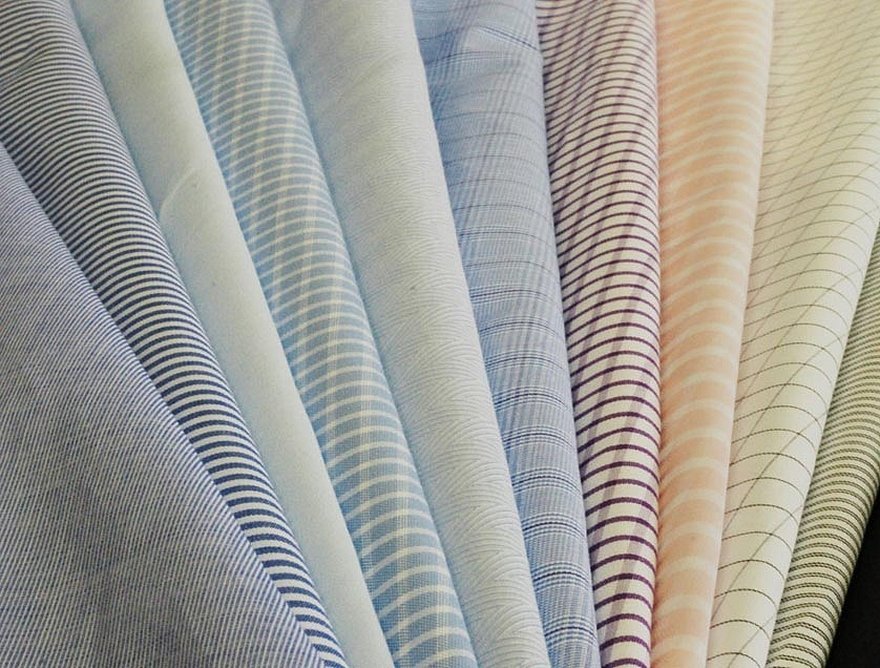
Types of materials for shirts
The listed requirements are met by fabrics of natural origin - cotton, silk. But you can often find nightgowns made of mixed composition material, when synthetic fibers are added to natural fibers to improve and enhance some characteristic properties. In addition, it is necessary to take care of the aesthetic component - lace, ribbons, frills are often found on women's nightgowns.
Historically, the first fabric for shirts in Russia was linen, as the most common. Only wealthy people could afford silk. Modern products are sewn from a variety of materials, a group of which is called shirting. It includes the following fabrics.
Natural silk
Beautiful expensive silk products softly follow the curves of the figure. Most often, this is a shirt with thin straps, an open back and a deep neckline. The thin material adjusts to the body temperature and causes pleasant sensations. Soft, single-color or printed products shimmer and delight the eye with bright colors. You can only wash such a shirt by hand, do not wring it out in the machine, dry it in a straightened form away from the sun.
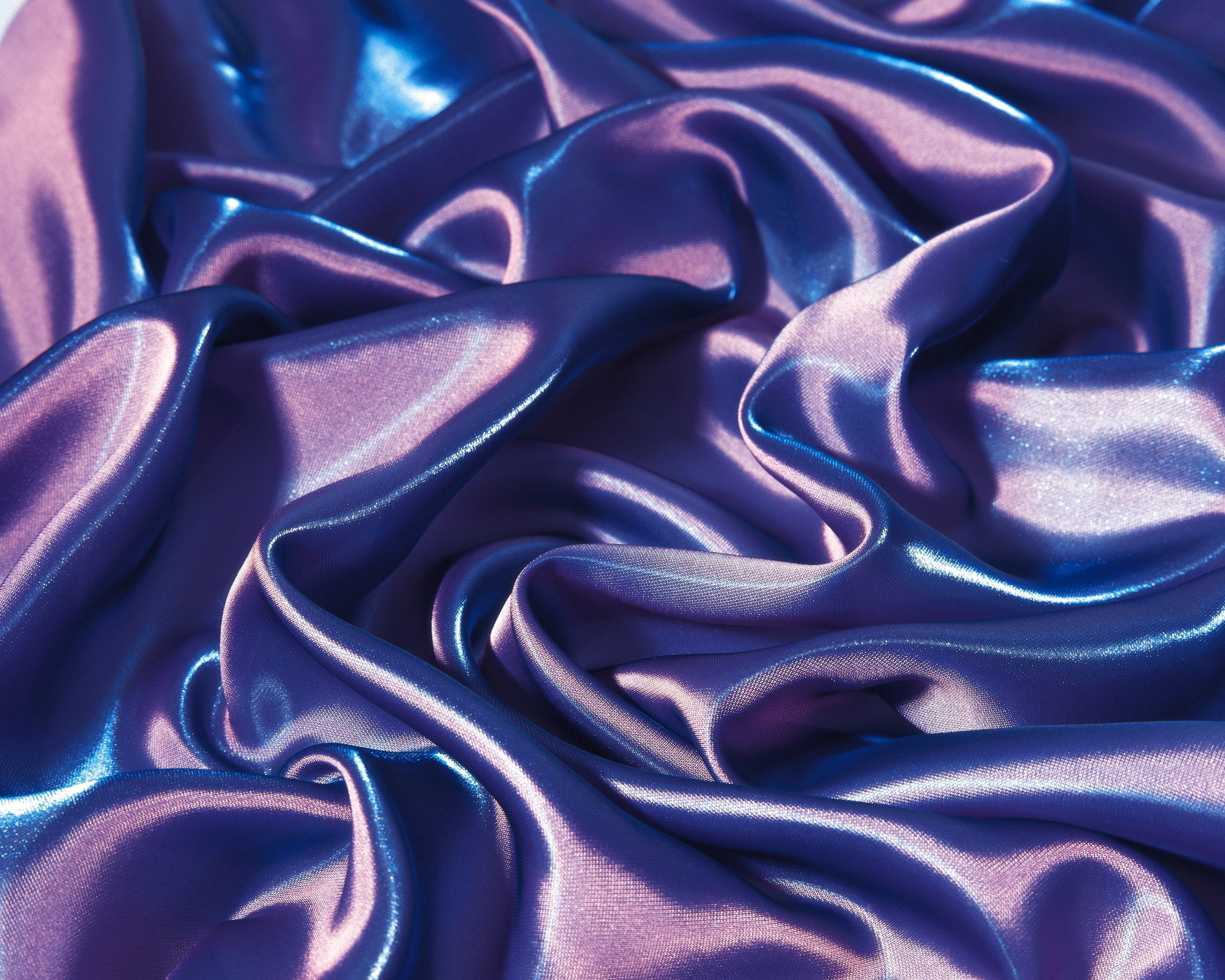
Calico
A dense cotton fabric of plain weave. It can be plain or with a printed pattern. The fabric is thin and soft, but the surface has some roughness, for which calico is not very popular. But the natural material has all the necessary qualities, so the demand for calico shirts is quite high. Calico is usually used to sew shirts in a "folk" style - with frills and flounces. Lycra may be present in the composition.
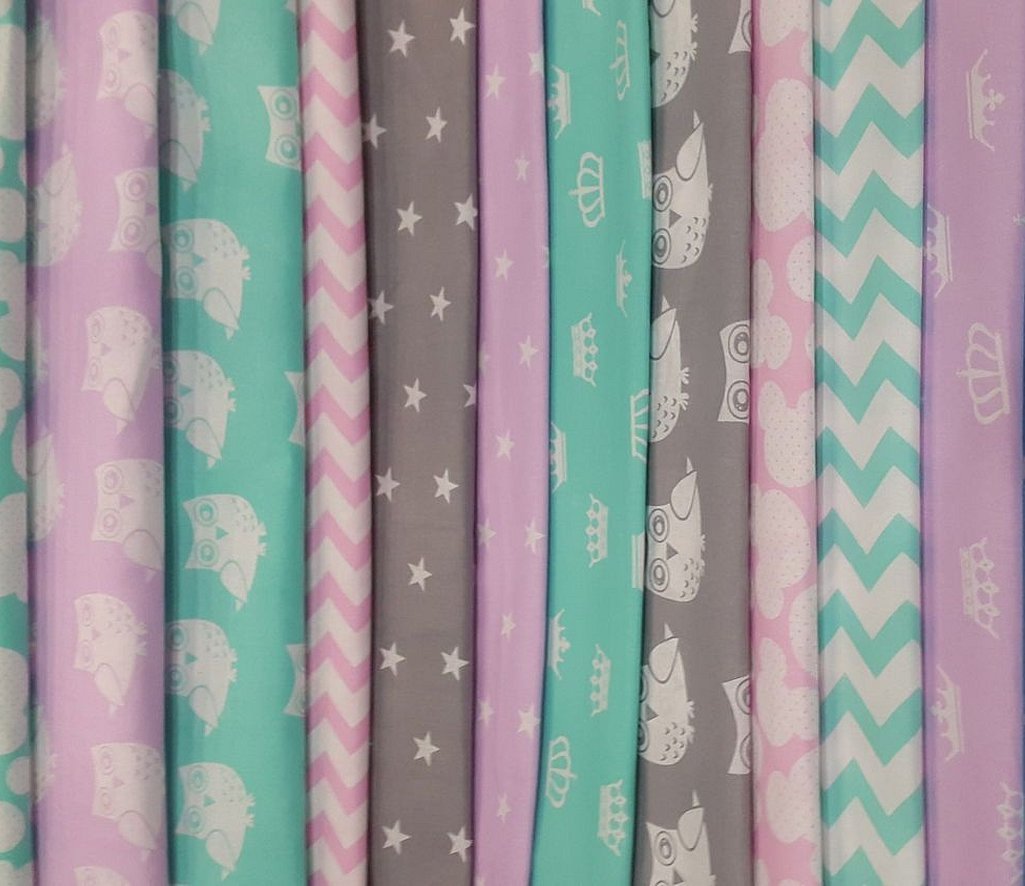
Atlas
Traditional satin is made from silk threads of a special satin weave, which makes the surface smooth and shiny. Modern satin fabrics are made from cotton or silk with the addition of elastane, which increases the wear resistance of the fabric. Satin products are more reminiscent of open evening dresses.
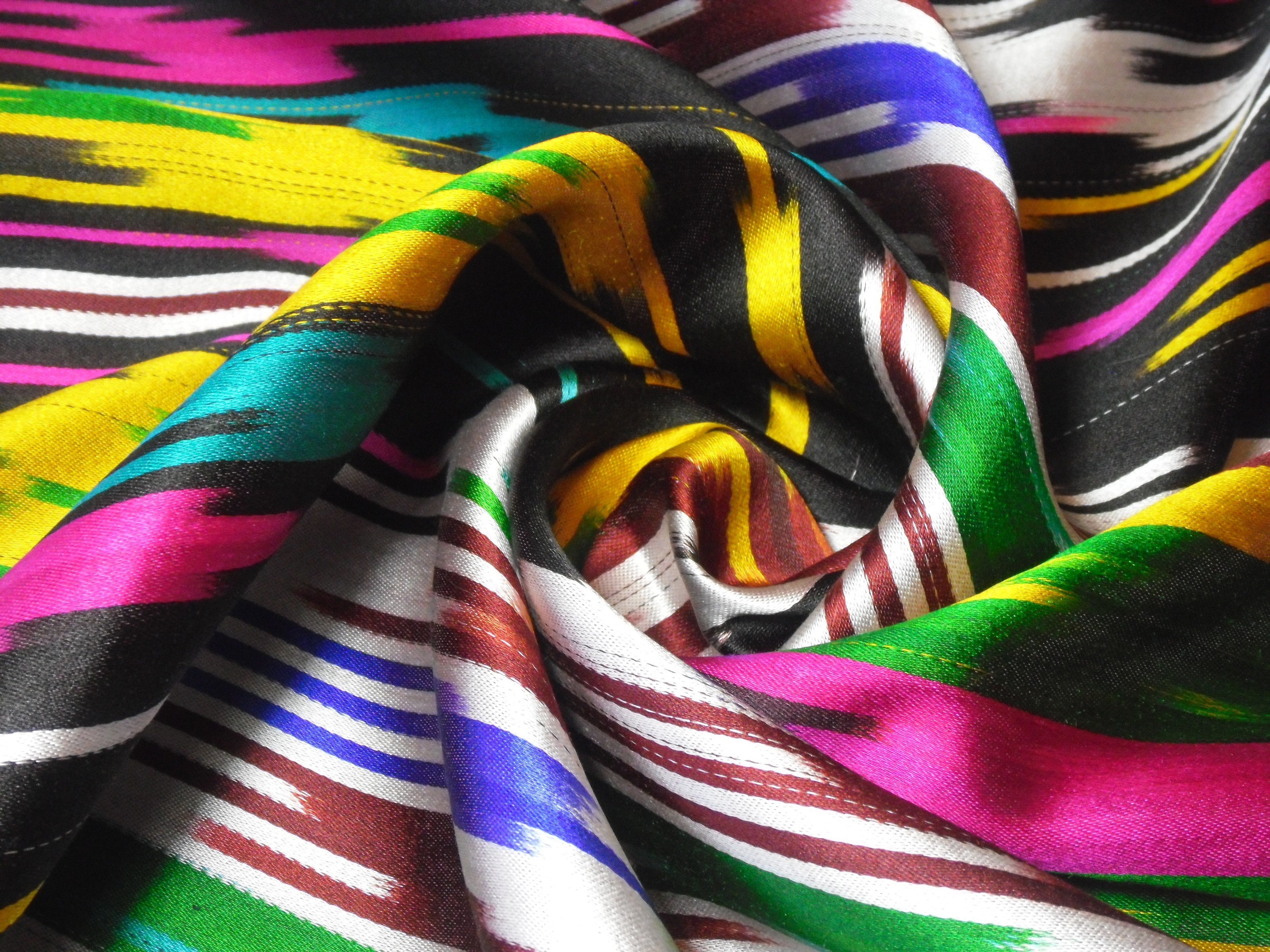
Bamboo
Modern eco-friendly and hypoallergenic fabric, gaining popularity. The fabric does not absorb foreign odors, is breathable and retains heat.
Important information! Scientists have come to the conclusion that bamboo, due to its rapid growth, is unable to absorb harmful substances and toxins. Due to this, bamboo products have such properties.

Loden
Material made of natural wool with the addition of mohair for softness. The peculiarity of production is the stage of boiling in very hot water to obtain a dense and smooth fabric. In the production of shirts, loden based on knitwear is most often used.

Flannel
Wool or cotton fabric with a soft brushed finish (on one or both sides). Warm fabric tolerates washing well, but over time, pellets appear on the surface.
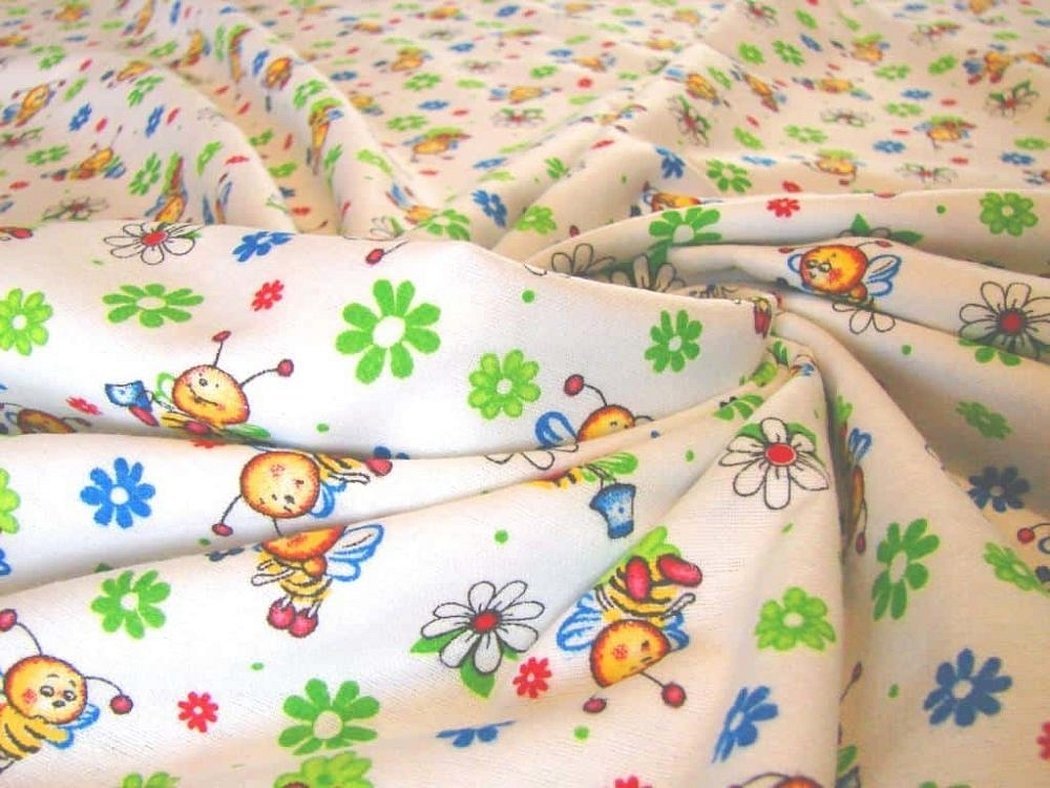
Guipure Lace Macrame
Products made of lace fabrics or with inserts are very attractive. Guipure lace makes the nightgown light and translucent, and the combination of satin and lace turns it into a seductive nightgown. Ordinary cotton shirts are often decorated with lace embroidery using the macrame technique, which gives the product a twist.
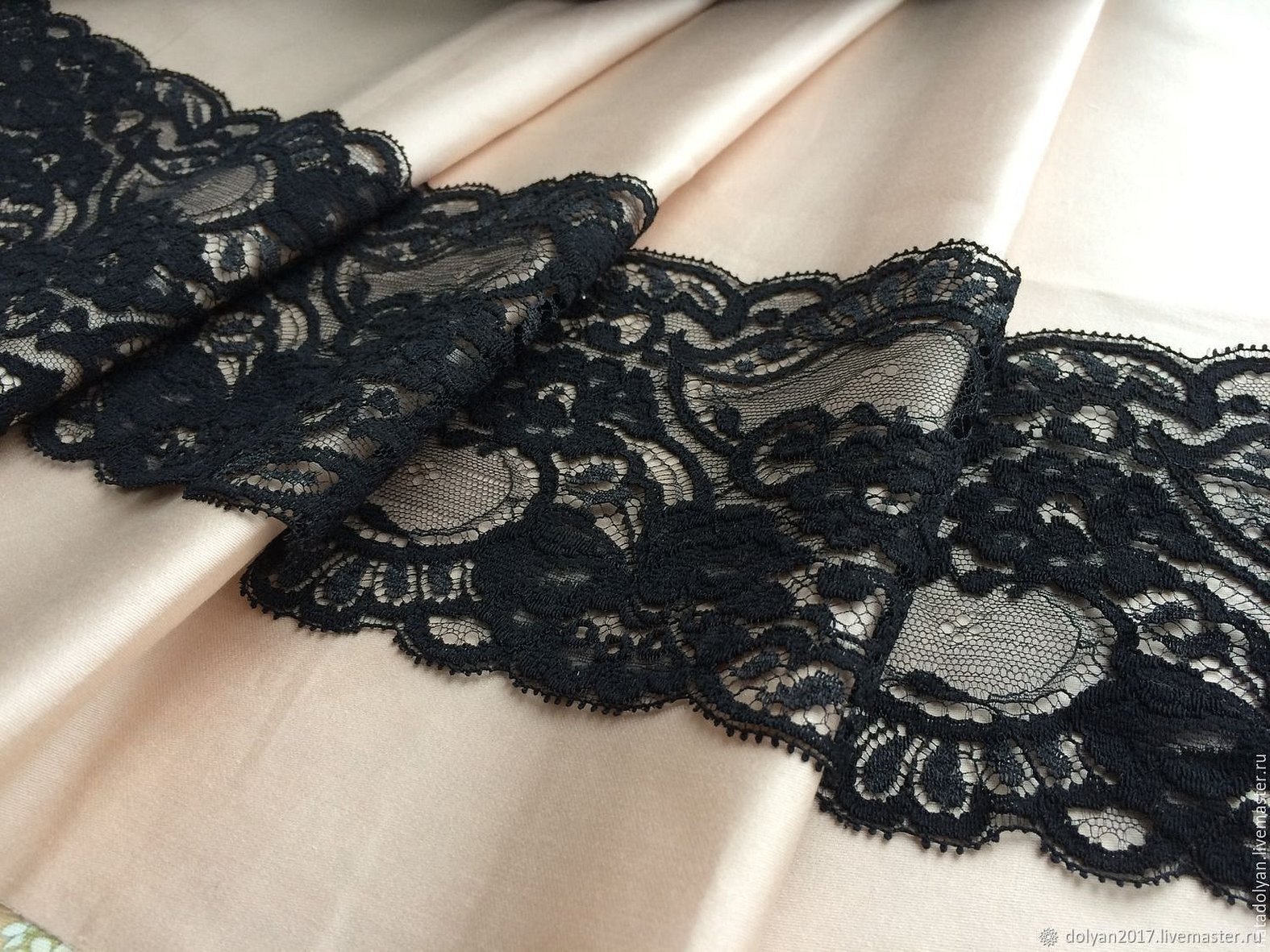
Viscose
The appearance of the material resembles silk, so the product made of artificial material looks decent. It has positive properties, easy to care for. But after washing, the product cannot be wrung out, it is necessary to hang it up and let the water drain.
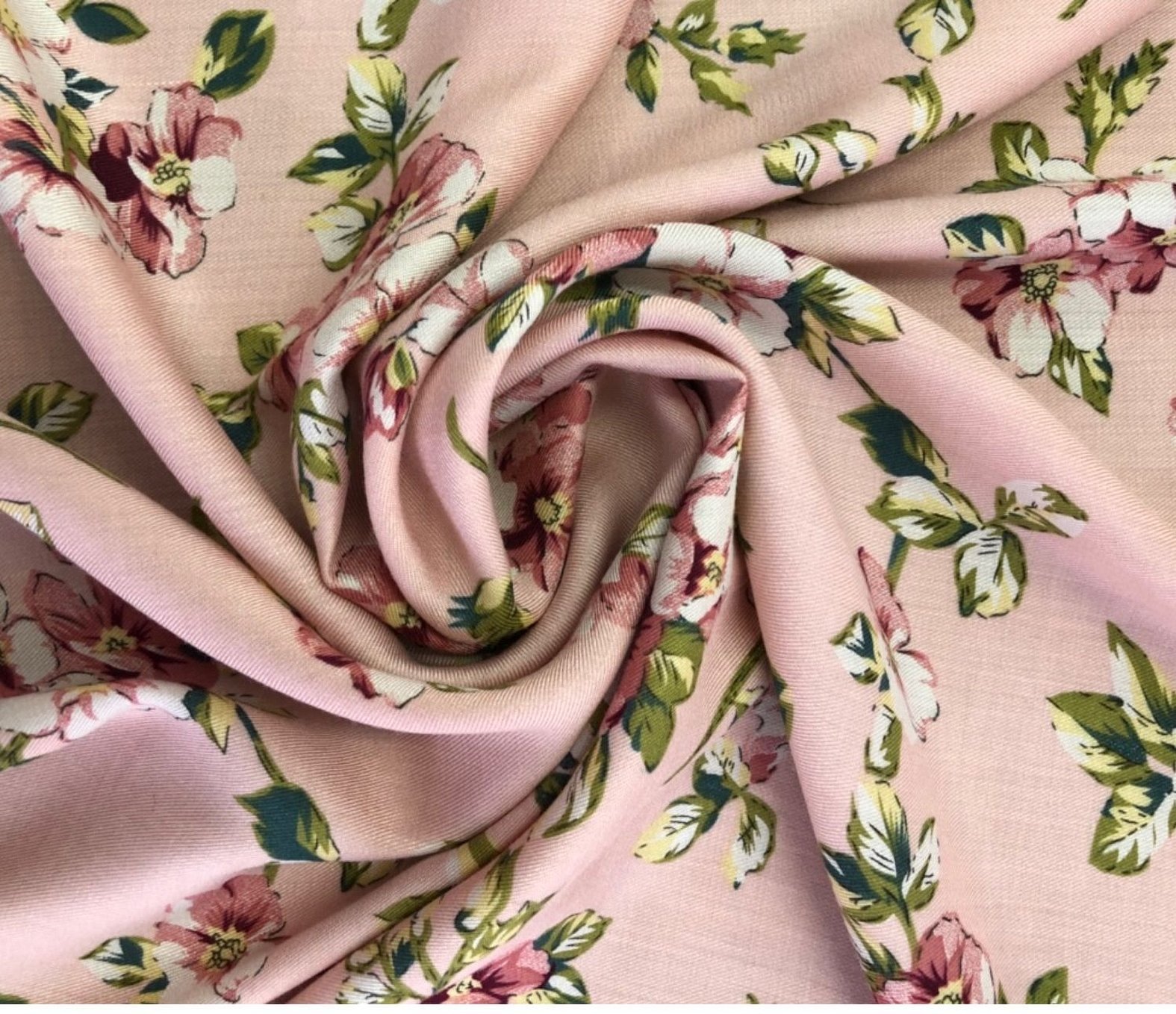
Knitted materials
Knitwear is popular in winter and summer. It is colorfast, wears well and keeps its shape. It is very comfortable for sleeping, the body breathes in it. The presence of spandex in the material increases the life of the product.
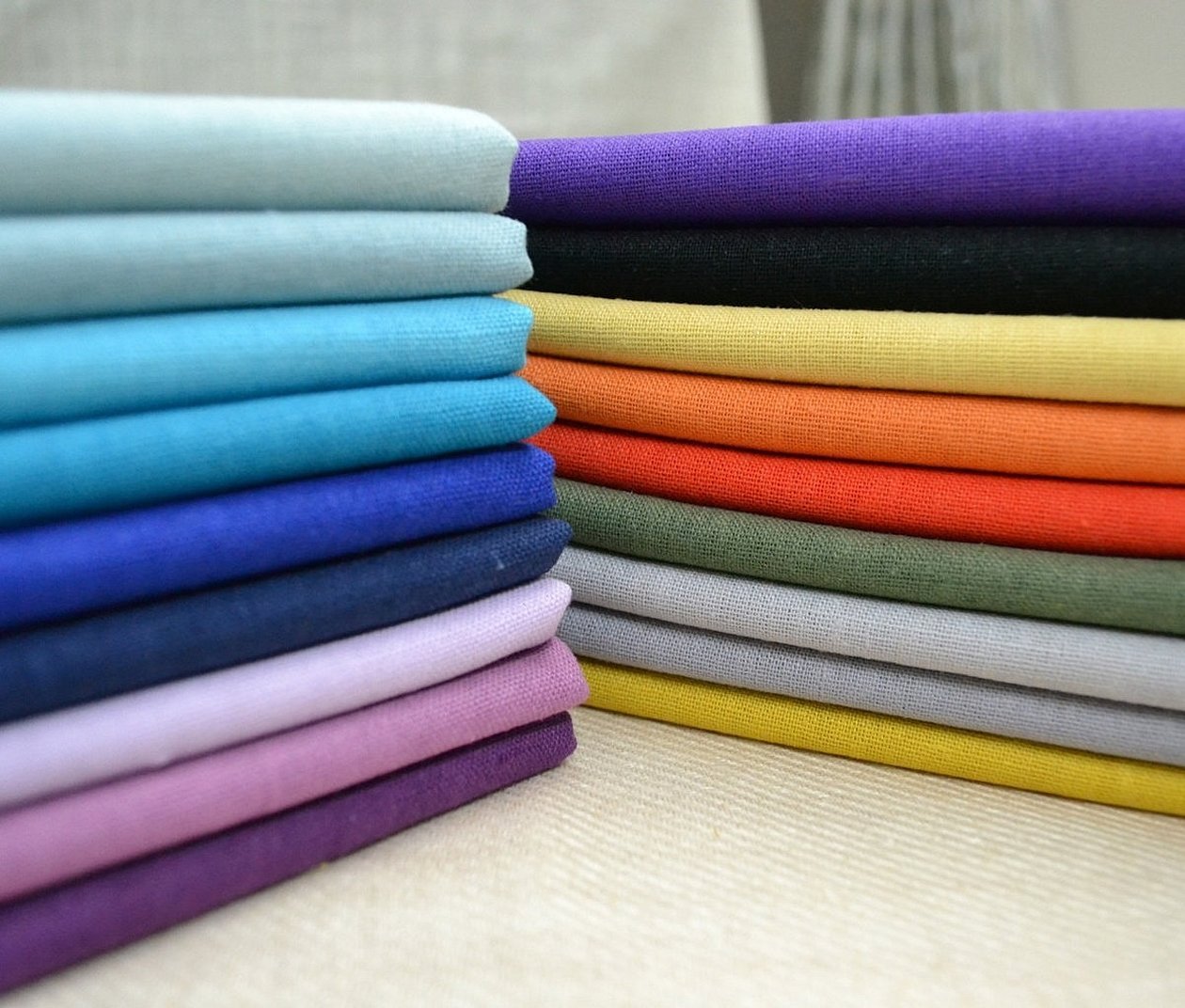
How to Choose Fabric for a Nightgown
First of all, it is necessary to determine the following parameters:
- season of use of the shirt;
- purpose - daily use or is it a thing for a special occasion;
- need for special care.
Light, thin fabrics are suitable for hot weather - satin, sateen, calico, cambric, chintz. Winter fabrics - baize, fustian, flannel - will protect from the cold. Preference can be given to demi-season fabrics - rep, poplin, tartan.
For everyday sleep, you can choose a classic cotton shirt in a neutral, solid color or with a small, discreet print. You can buy a knitted model made of footer or crinkle. Such materials are easy to wash and often do not require ironing.
For special occasions, you can buy an elite product made of natural or artificial silk. Satin material with embroidery, lace and ribbons will also do. The price of such products will be higher than cotton, they are more difficult to care for, but the occasion is special!
Important information! When choosing fabric, it is better to give preference to a more natural composition. No matter how beautiful a set made of synthetics is, it will do a bad service to the skin. Increased sweating, irritation and allergies are bad companions for a comfortable sleep.

What can be sewn from shirt fabric
Not only women's nightgowns can be sewn from shirting fabric. Its second name - shirting, indicates that it is suitable for men's shirts. It has a wide range of applications beyond this area.
Satin, calico, poplin are popular fabrics for making bed linen. Dense, have proven themselves well in use, and are easy to care for.
Checkered fabrics - tartan, luxe and foule - are widely used for sewing men's shirts, children's clothing and home sets (T-shirts, trousers, vests, sundresses).
Flannel is widely used in the manufacture of clothing and baby care items - diapers, bonnets and overalls with blouses.
Bamboo is used for sewing clothes, bedding - pillows, blankets, bed linen.
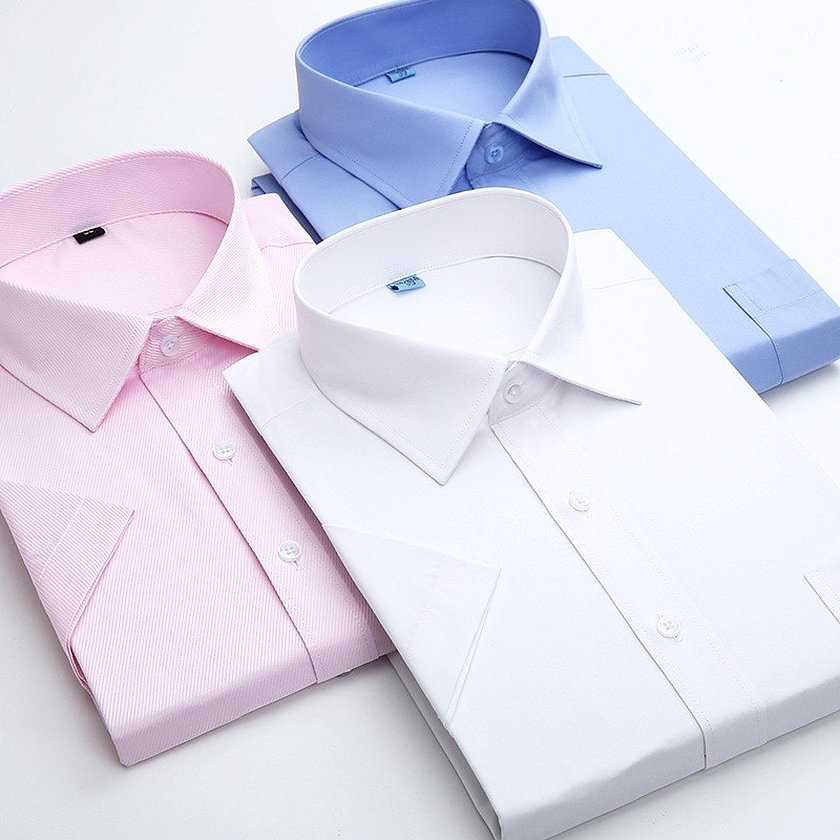
Features of care
Before purchasing, pay special attention to the description of the fabric composition and care recommendations. It is possible that the limitation in machine washing will be a serious argument against purchasing, since an everyday product will require frequent washing. In any case, for a longer service life of a shirt or other product made of shirt fabric, it is necessary to follow the following rules:
- if machine washing is allowed, do it in a gentle cycle;
- do not use chlorine-based bleaches or other aggressive substances;
- Dry delicate fabrics on a flat surface;
- do not steam the product, only iron at a low temperature;
- Do not wash your shirt at the same time as your outerwear.

The choice of fabrics is really great. You can choose everyday and festive models for any taste and color. And for these products there will definitely be a material that meets the most demanding requirements.




